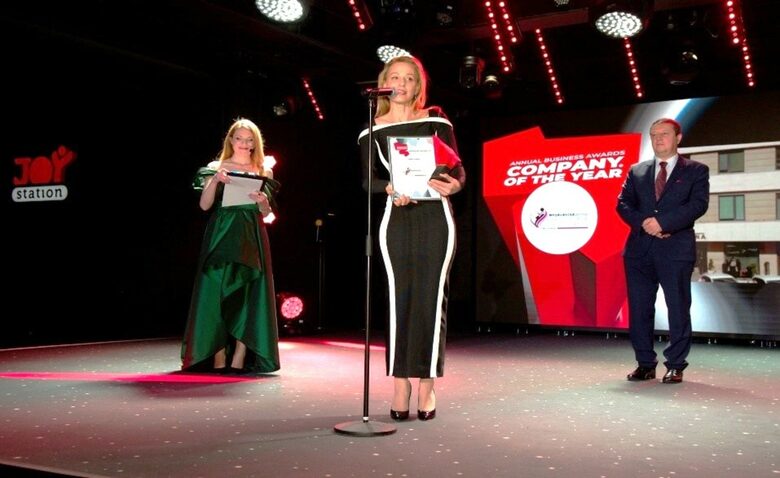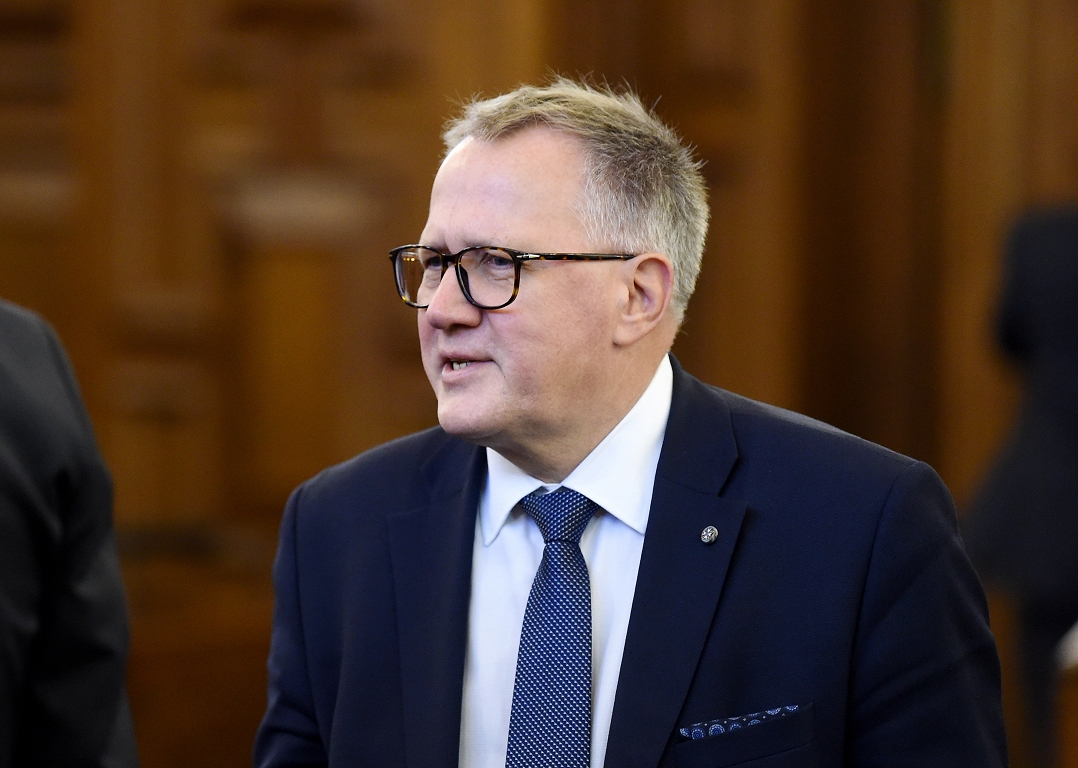Every fifth Bulgarian is poor, parents of 21.2% of children cannot buy them a bike

The poor people in Bulgaria, according to official data, are 1.401 million people, or 21.7% of the country’s population. They all live with less than BGN 763.83 per month, as is the amount of the current poverty line, updated today by the National Statistical Institute (NSI).
Amount (equal to 60% of the average total disposable net income of households) It refers to 2024 and is 125.91 BGN higher than in 2023. In a year it increased by 19.7%, and the poor population increased by 1.1 percentage points. If pensions and social payments are excluded, the level of poverty in Bulgaria would increase to 46.1%. The difference between the incomes of the poorest and 20 percent richest is seven-fold.
Risk factors
The highest share of the poor is among the unemployed (58.7%)-the risk in men without livelihood is 12.7 percentage points higher than in women, but they do not miss the workers. They increase by 0.4% per year to 12.1%. The risk of part-time employees is nearly three times higher than others. The gender review shows that the risk in women is lower, in this case – by 2.5 percentage points.
Education also has a great influence. The highest is the relative share of workers’ poor with elementary and without education. Among those with mainly it is almost twice lower, and in the graduates on average five times.
Households with two adults and three or more children most often fall into the poor group (47 percent). Still a year earlier, their share was 55.2 percent. The financial situation is also difficult when a parent raises children. Women lives are 3.6% higher risk of poverty than living men themselves. The risk of lonely retirees from poverty is 16.7% higher than in those who are under 65 years of age.
Ethnicity
In 2024, the highest is the relative share of the poor among self -identified as Roma – 62.5%, and the lowest – among the self -identified by the Bulgarian ethnic group – 16.0%. The poor of the Bulgarian and Turkish ethnic groups are dominated by pensioners (45.9 and 34.2%respectively), and in the Roma ethnic group – the unemployed (32.9%).
Assoc. Prof. Alexey Pamporov: It’s very scary in the neighborhoods. And society sinks into prejudice
How so: Rich are increasingly richer, poverty remains two centuries
Although the poor are increasing, the number of residents in heavy material and social deprivation decreases. They were 16.6%, or by 1.4 percentage points less than 2023 « Severe material and social deprivation » means restrictions in 7 of the 13 indicators that the NSI measures. Among the Bulgarians the percentage is 11.5, among the Turks – 20.4%, and among the Roma – 58.5%.
The largest percentage of those living in deprivation (45.6%, or 2 938 354 people) confirm that their households cannot meet unexpected financial expenses, such as home repair or car, replacing a washing machine or refrigerator, covering the costs of sudden illness. Also over 40 percent (41.4%, 2 671 443 people) say they cannot afford a one -week vacation outside the home, but 39.4% (2 543 222 people) – that they have no means of replacing outdated furniture.
Combining three indicators – living at risk of poverty, material and social deprivation and households of unemployed or low intensity of economic activity – shows that in 2024 30.3% of the population (1.952 million) were at risk of poverty and social exclusion. They are by 0.3% more than 2023.
Poor children
In 2024, seven out of ten children (72.5%) of parents with elementary or without education live in poverty. At risk of poverty are 28.2%, or by 1.3 percentage points more than 2023. Approximately 10 times smaller (7.1%) is the percentage in children of graduates.
The relative share of children with material deprivation (deprived of at least one of 13 indicators measured by the NSI) is 28.6%, and for 2.2% of them no need can be satisfied for financial reasons. Nearly a quarter of children (23.1%) cannot afford to rest outside the home for at least one week (including holidays with family, visit relatives, friends, organized holiday from school, etc.). Outdoor games (wheel, rollers, skates, etc.) cannot afford 21.2%, but regular activities such as swimming, playing a musical instrument, participation in youth organizations and more. – 18.8%.
The relative share of children with material deprivation is 18.5% among the Bulgarian ethnic group, 30.2% among the Turkish, 77.7% among the Roma and 15.8% among those mentioned by another ethnic group. No need (of all 13 indicators) can be provided for 0.7% of the Bulgarian ethnic group, for 0.6% of the Turkish and for 10.5% of the Roma. About 27.0% of children with material deprivation of the Bulgarian ethnic group live at risk of poverty. For other groups, the relative shares are as follows: 36.5% of the Turkish ethnic group and 70.4% of the Roma ethnic group.
Poor and rich areas
An important aspect in poverty study is its manifestation by areas. When calculating the poverty line for each area, the same method is applied as the poverty line at the national level – 60% of the average total available net income of households in the district.
In 2024, the lowest poverty line was observed in the districts of Vidin and Silistra – respectively 524 and 550 BGN, and the highest – in the region of Sofia (capital) – 1183 BGN, followed by the districts of Pernik (897 BGN), Varna (875), Kyustendil (834 BGN) and Stara Zagora (BGN 818) (BGN 834) (BGN 834) and Stara Zagora (BGN 818) and Stara Zagora (BGN 818).
The highest is the relative share of the poor relative to the area of poverty in the area in the districts of Pernik – 32.1%, Stara Zagora – 26.3%, Targovishte – 22.4%, Varna – 22.3%, and Sofia (capital) – 22.2%. It is the lowest in the districts of Gabrovo – 11.2%, Veliko Turnovo – 12.4%, Montana, Silistra and Smolyan – by 13.1%, and Shumen – 13.2%.
The poverty line for 2024 has increased compared to 2023 in all areas, most – in Yambol (with 42.8%) and Montana (by 30.4%).
In 2024, Smolyan region had the lowest relative poverty share for men – 12.0%, and with the highest Vidin – 29.4%. In Gabrovo District, women have the lowest poverty level – 9.2%, compared to 36.1% for Pernik District.
The relative share of women living at risk of poverty is greater than 5 percentage points than the relative share of men in the districts of Pernik, Sofia (capital), and Haskovo. In three districts – Dobrich, Silistra and Vidin, the relative share of poor men is greater than 5 percentage points than women.








